My watch says Thursday so it has apparently been three weeks of arctic expedition. Up here the chronological delimiter of "a week" doesn't seem to really hold much water. I could tell you what we did yesterday (most days), what we'll do tomorrow, or even what we did a while back, but none of it is based on the "week." That is kind of the fun of working in a place where the day start or end has little bearing on the amount of light outside.The whole experience itself of an extended field season has an all encompassing sort of feel to it where you wake up with a task, a task to answer a question, a question for the day, which leads to answering a larger question, a question that is pertinent to science, society, and in then end you finally get…better questions. This kind of Quaternary geology is not only all encompassing in how you conduct your days but how you are constantly surrounded by the questions you're seeking and new ones to follow are popping up everywhere.
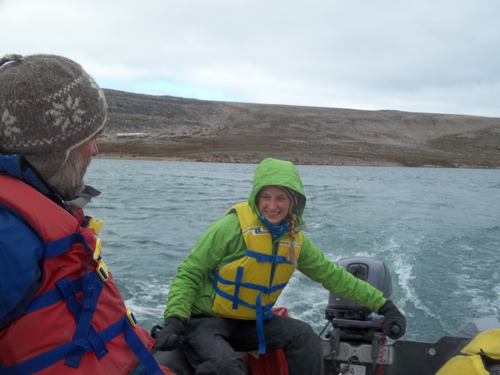
After some data work-up and general digital housekeeping this am, I joined up with Steve and Helena to deploy two more large moorings of sediment traps and temperature probes (they swore these were the last). The other groups were at the Karst lakes and up on the glacier doing a bit more reconnaissance before a larger group would be headed up to the glacier for field work tomorrow…myself included.
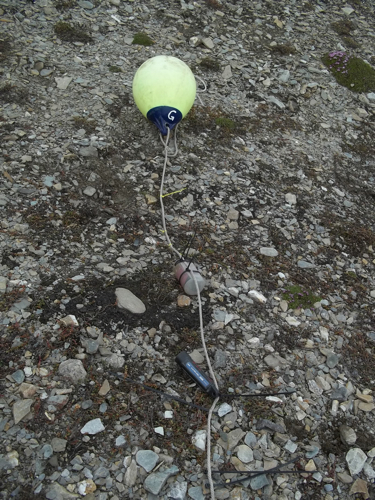
The seas were rough and the air was a bitter, damp cold but Steve, Helena, and I had a great time putting out moorings, basically because it went really well. You've heard the process of finding and bringing in the moorings but nothing about redeploying them as this was my first day involved. Long story short, I've got to say that Helena won the "tough as nails" award in mooring deployment. With waves hitting up against the boat, Steve working to keep us within the GPSA Global Positioning System (GPS) is a satellite-based navigation system used to track the location or position of objects on the Earth’s surface. waypoint, and myself lowering the unwieldy rock anchor, Helena had no problem leaning out over the boom and attaching the sediment traps. The 4 C water splashed all over the place and many traps required full arm submersion but she did an incredible job. This is an official online journal "nice job!" This does lead me to thinking in general about successful field work completion and how I've seen it work and not work over the years. Essentially, good field work means being methodical, knowing what has happened and what needs to happen next, and keeping to the program with focus. My brother best taught me this through working production glassblowing where each step has a critical procedure that if not followed…well, the piece blows up or you get burned…neither are fun. While we certainly weren't in danger of getting burned this type of field work has inherent risks to both the quality of the science but also to those conducting it and to be aware and cognoscente of such are important. Lower the anchor rope, watch the probe through the cog wheel, get the snippers ready, attach the back up chain, hope the buoy is resting 1.5m under the surface...
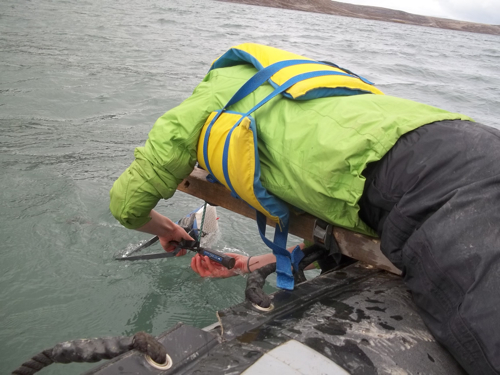
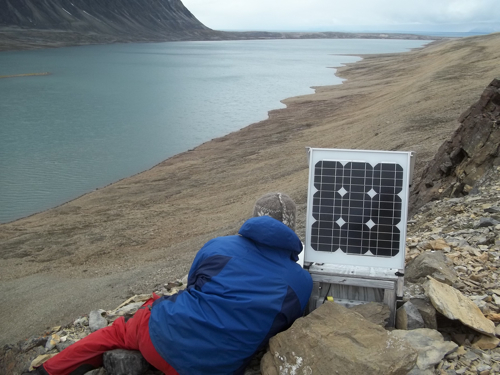
With the buoys deployed, we filled our time with a double check on the Plume cam and then shortly met up with the Karst folks at the southern boat park. On the way back we encountered Louise and Dagmar completing their hole digging fun, stopped to chat for a bit, and lent a hand getting a few more cm toward the permafrost. 1.4 meters and just under 2 C…there'd be a few more shovels worth before the frost…
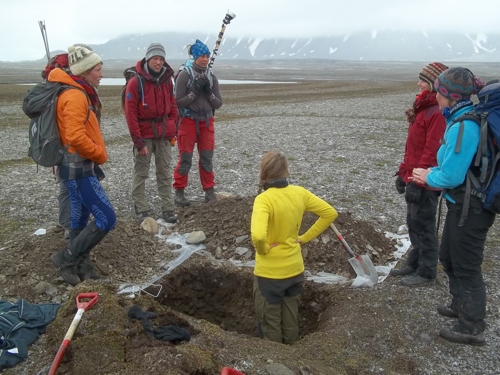
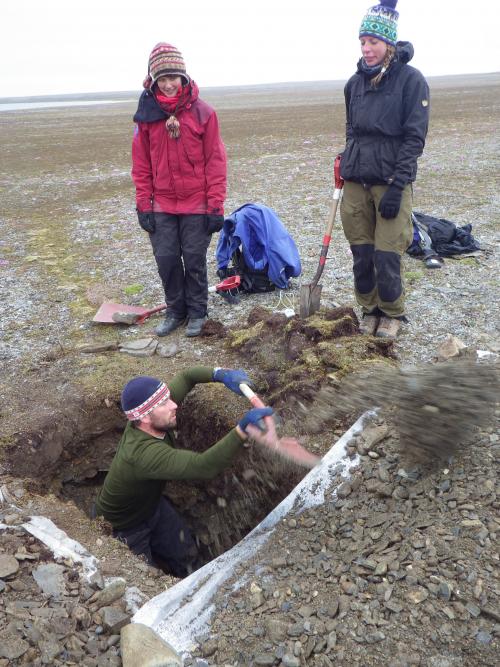


Comments